This is the eighteenth in a series of posts on the Fujifilm GFX-50S. The series starts here. You should be able to find all the posts about that camera in the Category List on the right sidebar, below the Articles widget. There’s a drop-down menu there that you can use to get to all the posts in this series; just look for “GFX 50S”.
This is another one of my informal lens tests, this one with the Zeiss Otus 55 mm f/1.4 ZF.2 mounted on the Fujifilm GFX-50S with a Fotodiox adapter. I don’t have a comparable lens to mount on the Sony a7RII, so there will be no comparison here. The question before the house is: how much of the GFX sensor is usable with the Otus 55?
Shutter set to EFCS. Apertures from f/2.8 to f/8 in whole stops. I focused three times at each aperture, and picked the sharpest images. 2-second self-timer. Arca-Swiss C1 cube on RRS sticks. Focus was near the center of the image, and all images were refocused at each aperture. Tripod and head were not deliberately moved between series, though there appears to have been some shift during the camera and lens changes. Small exposure corrections in Lr. Daylight white balance selected in Lightroom.
The scene, first with the full frame 4:3 format, than with a centered 4:5 crop, and finally with a centered 1:1 crop. The 1:1 image circle on the GFX is slightly bigger than the 24×36 mm image circle. The lens was set to f/2.8, which is as wide as I’d ever use for landscapes, and is thus the worst case for vignetting here.
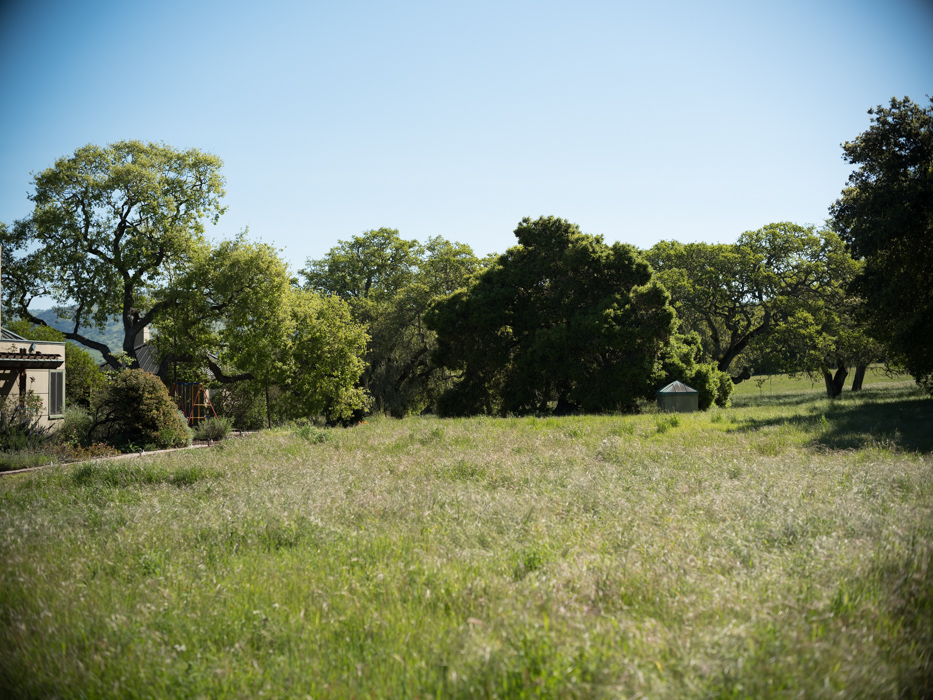
It looks like this may be pushing it.
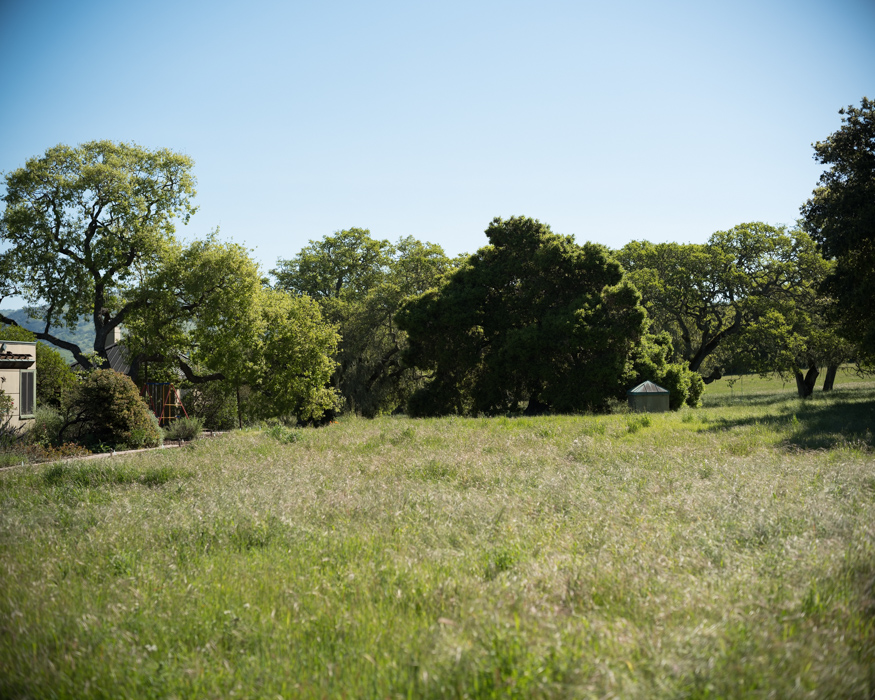
That will need some correction
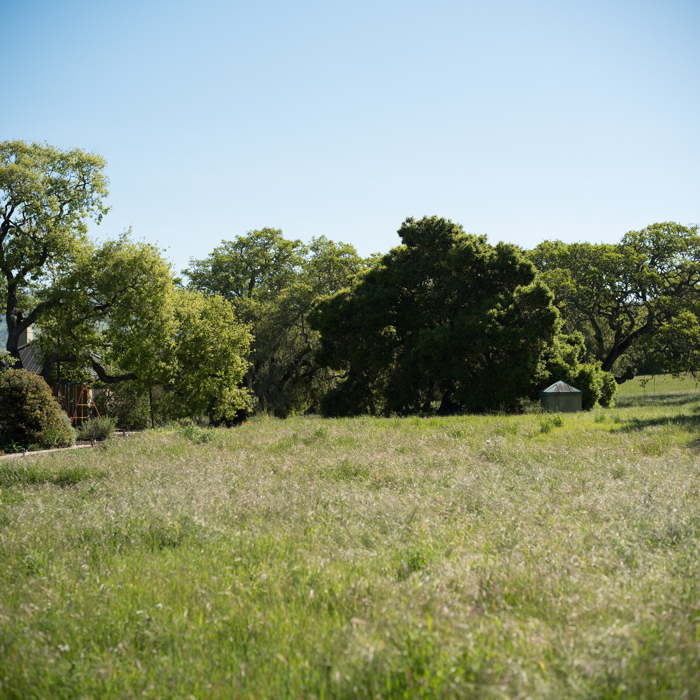
Pretty darned good.
Center crops, at 253% magnification:
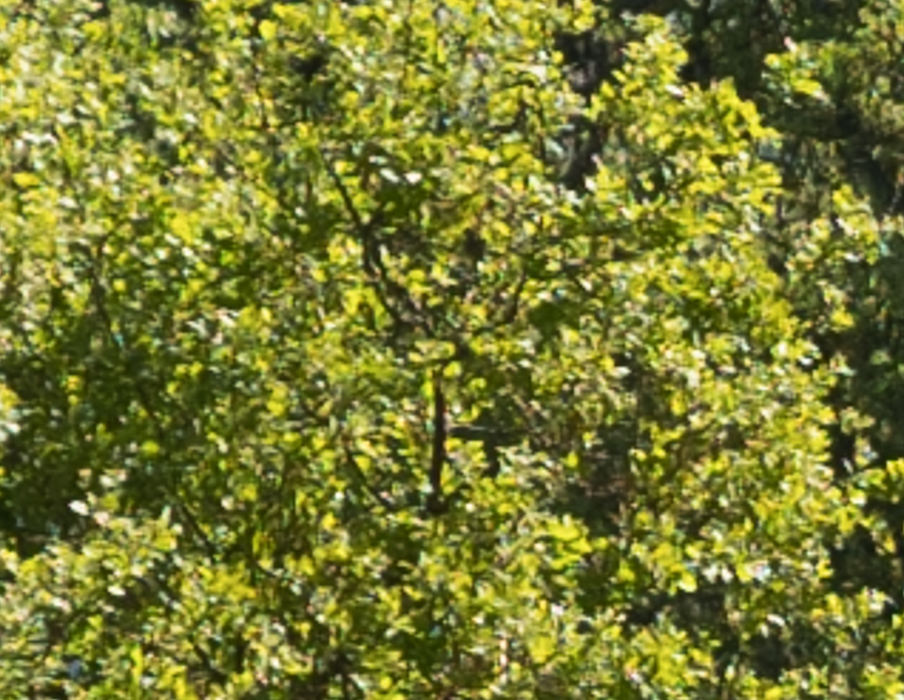
Here’s how to use these highly-magnified crops. The dimensions of the GFX sensor are 8256×6192 pixels. If we make a full-frame print from the GFX on a printer with 360 pixels per inch native driver-level resolution, like the Epson inkjet printers, we’ll end up with a 23×17 inch (58×44 cm) print. The 318×246 pixel crop you’re looking at will end up 0.8333×0.6833 inches (2.12×1.74 cm). Let’s imagine that you or your viewers are critical, and will look at the 22×17 inch print from about 18 inches (conventional wisdom is that the distance would be a little greater than that, or 28 inches (the diagonal), but you did buy a high-resolution camera for a reason, didn’t you?).
The next step is dependent on your monitor pitch, which you may or may not know. Turns out, you don’t have to know it. Just take the 253% crops and view then at 1:1. How high are they? Get out your ruler and measure, or just guess. Let’s say they are 6 inches high. 6 inches is about 7 times 0.8333, so in order to view the crops the way they’d look from 18 inches on the print is to view them from 7 times as far away, or 10.5 feet.
Everything here scales proportionately. If the image on your screen is bigger than 6 inches, increase your viewing distance by the ratio of your image height to 6 inches. If you thin your viewers are going to almost get their nose to that print and look at it from six inches, divide that 10.5 feet by 3, and look at the image on the monitor from three and a half feet away.
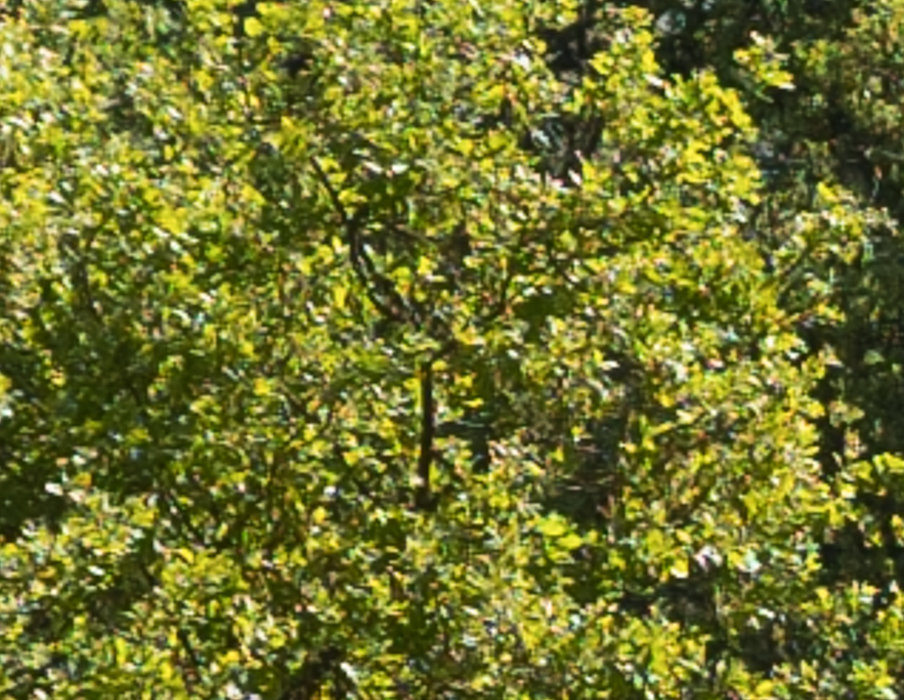
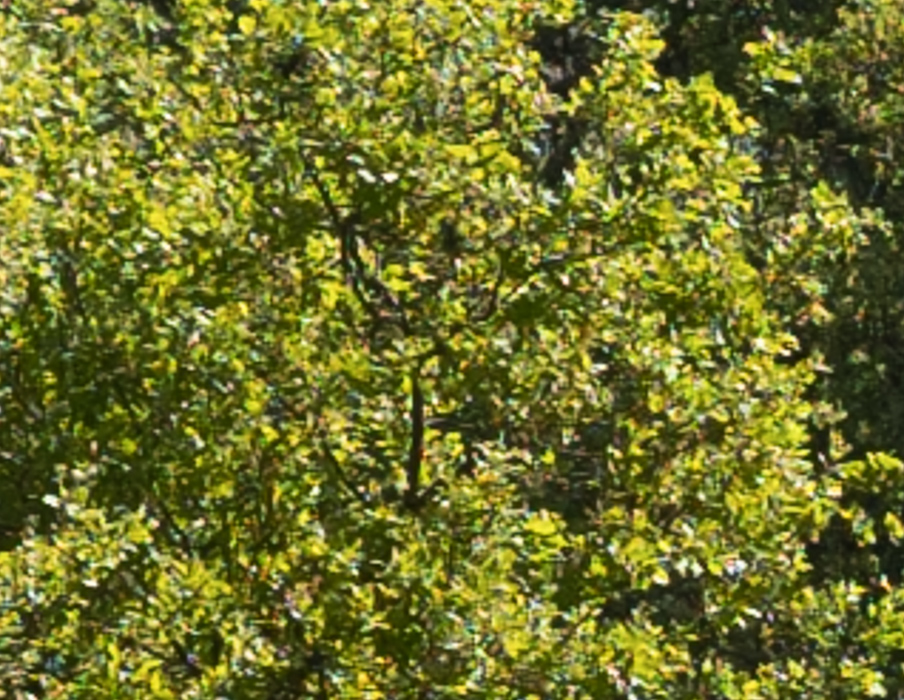

No surprises here. In the center the image is mostly limited by the sensor.
I don’t have a useful part of the subject at the corner of the 1:1 crop, so I went aabout that far off-axis in a horizontal direction.
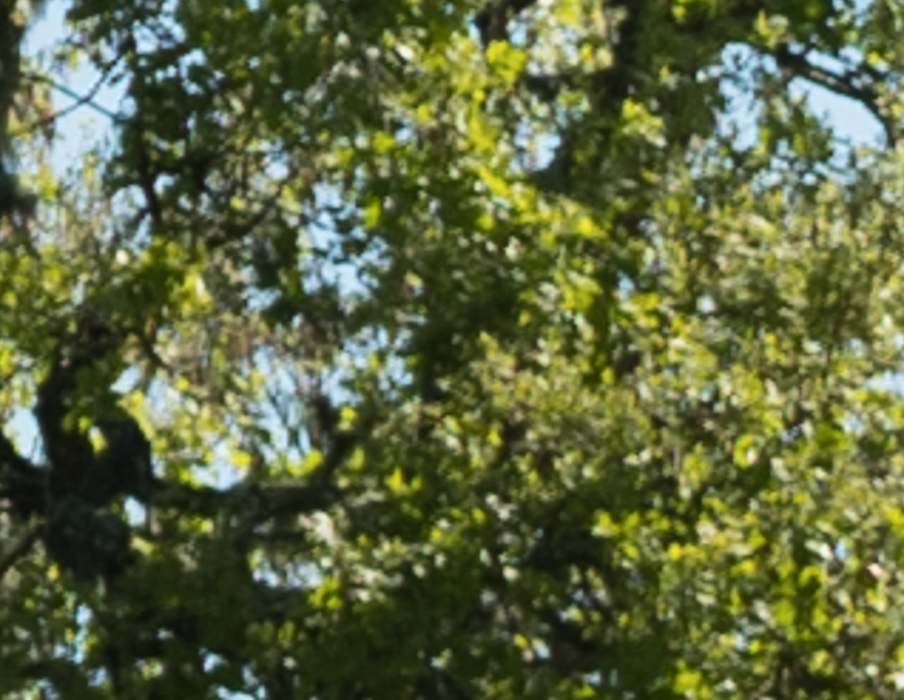
The image is a bit soft at f/2.8
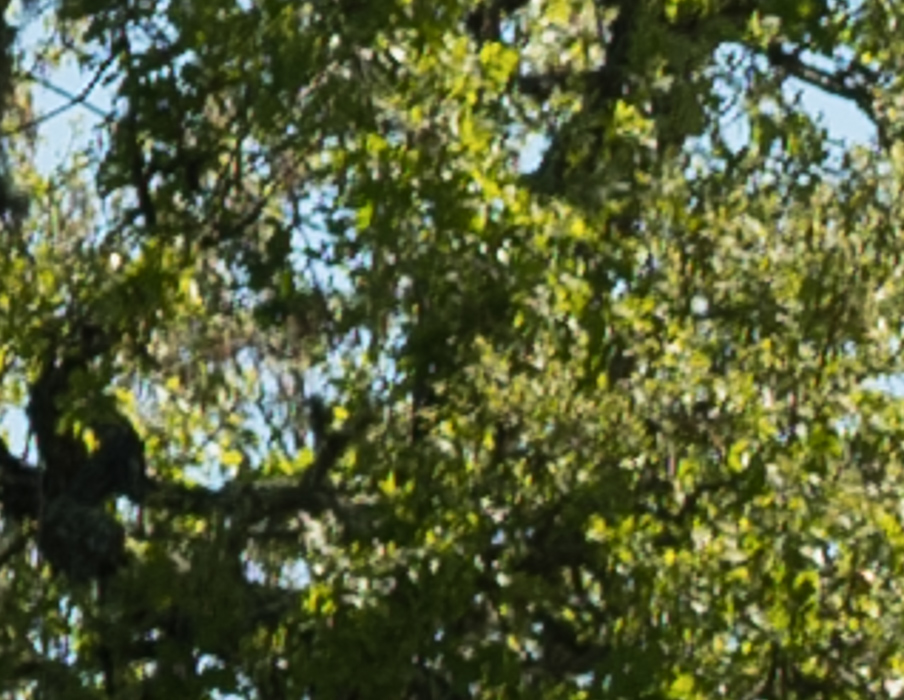
A big step up.
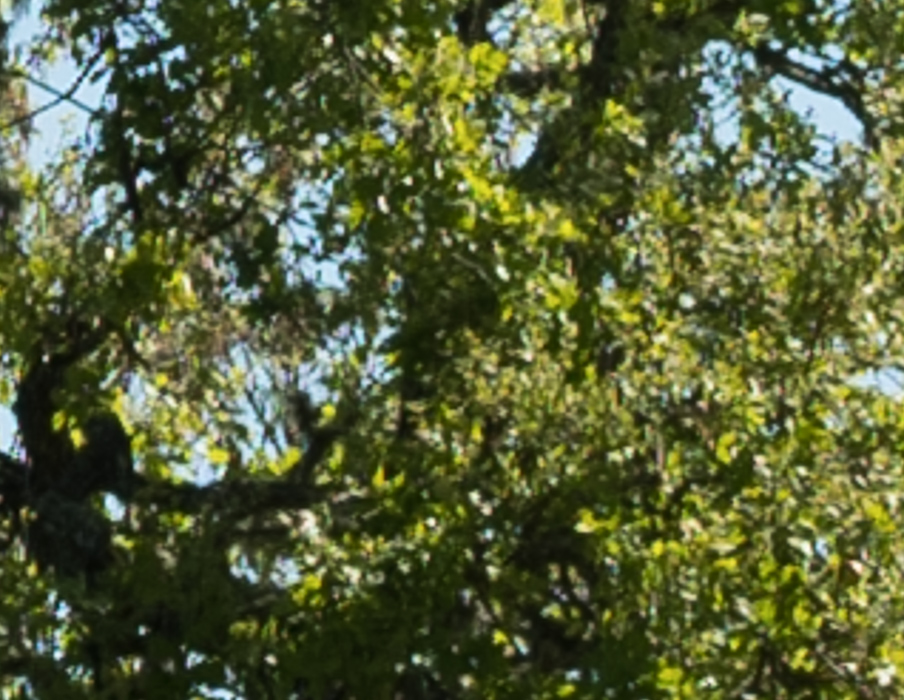
That’s sharp enough.
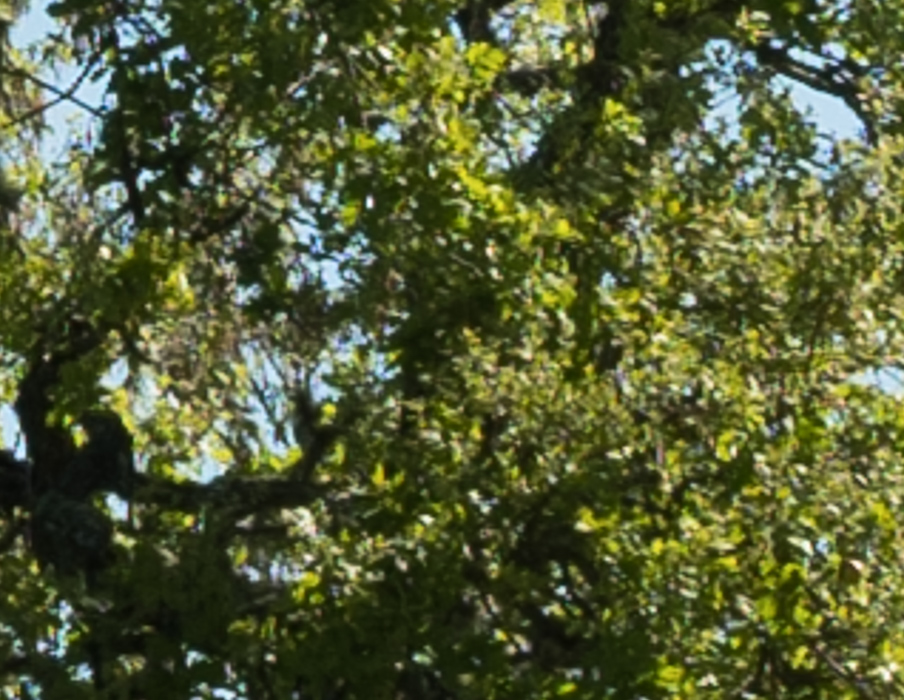
About the same.
Looks like f/5.6 is about the optimum stop for 1:1 crops.
Moving to an off-axis distance close to the corner of the 4:5 crop:
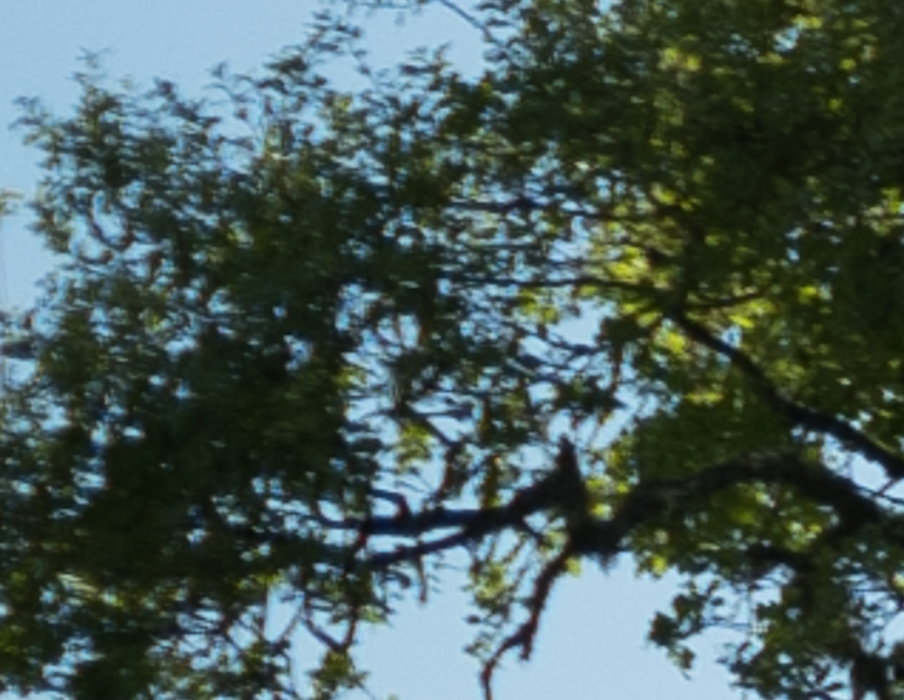
Pretty soft.
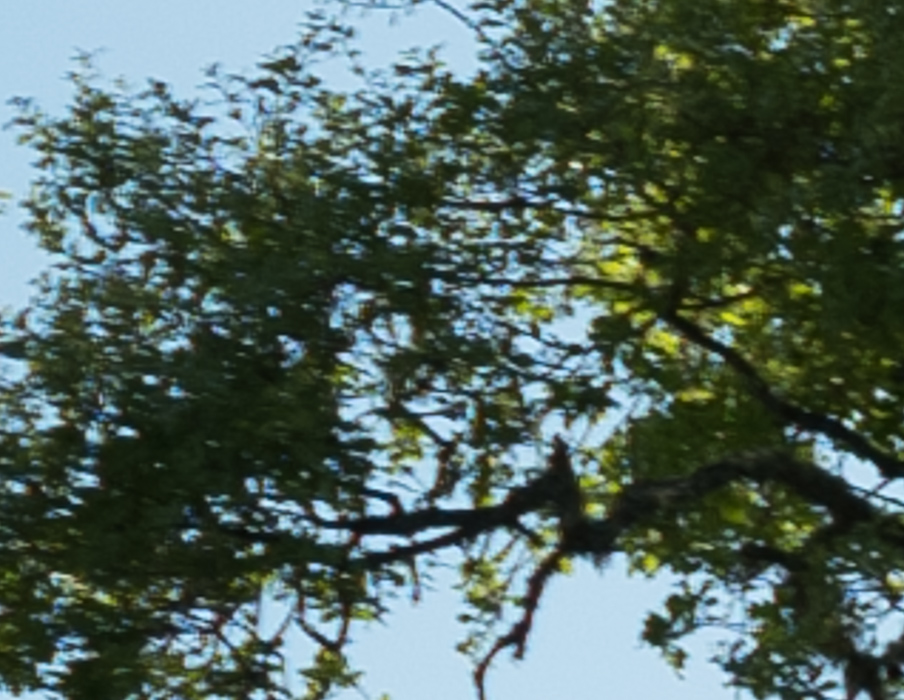
Better, but not there yet.
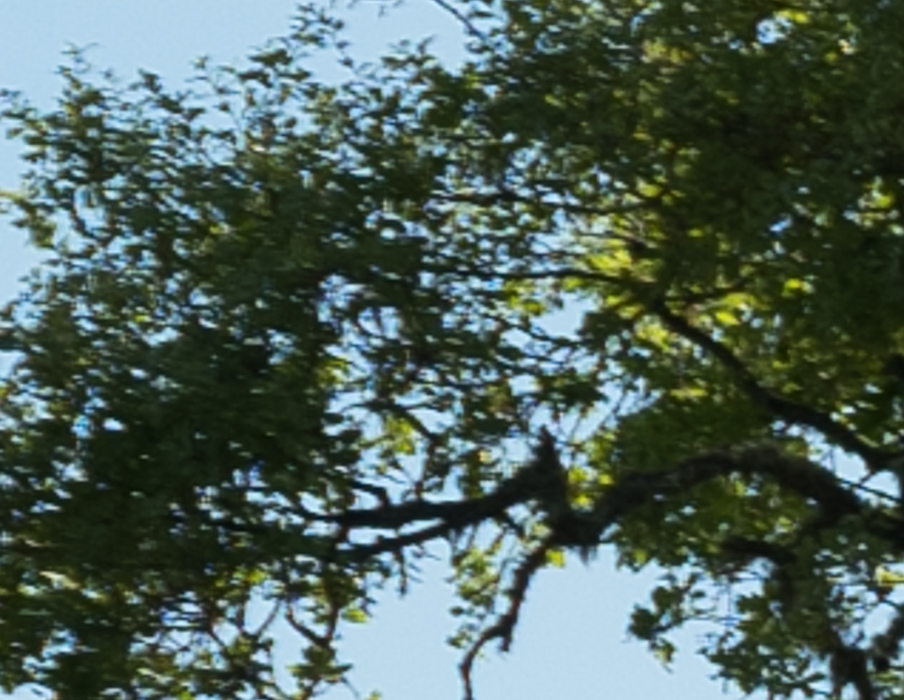
Almost.
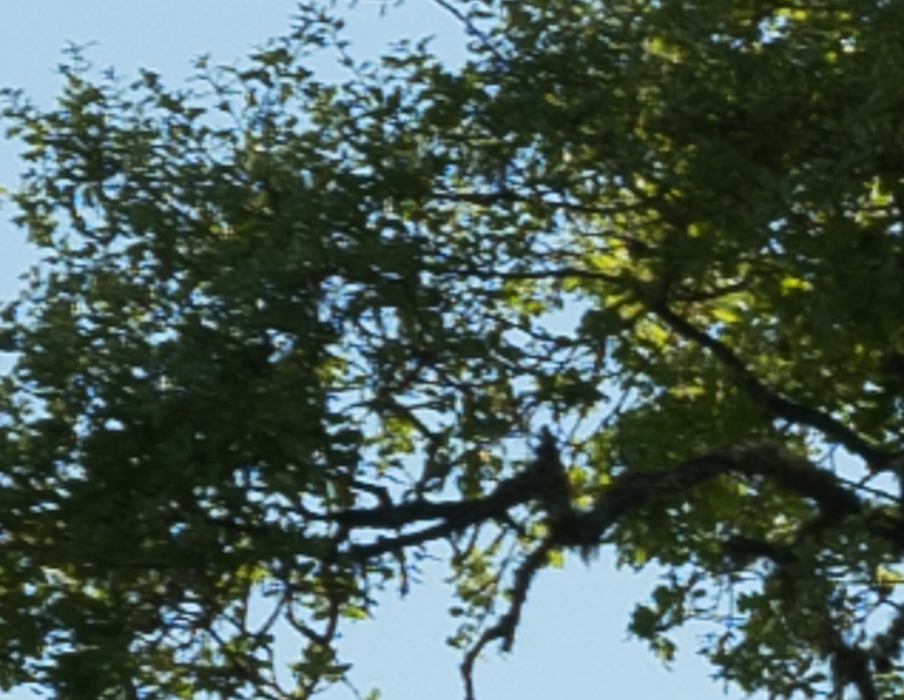
I’d say we’re there.
My net is that this lens witll work well on the GFX at 1:1 at around f/5.6 and at 4:5 at around f/8.
Any chance you could share a worst-case scenario uncropped file? Just want to know how far the Otus can be pushed. I just got the GFX and am looking for a lens to replicate a viewing angle of a 35mm lens on a 35mm frame. Thank you.
Jim – Did you ever test the Otus 28mm on the GFX ?
No. I don’t have access to that lens.
I could just hold it up to a wall with some light coming in – compare it to the 55 and 85 and make some sumptions???
Not scientific sumptions but good enough to maybe consider the new MF from Fuji ???
I’d be surprised if the coverage were acceptable, except maybe at 33×33. The 23/4 is an outstanding native GFX lens.